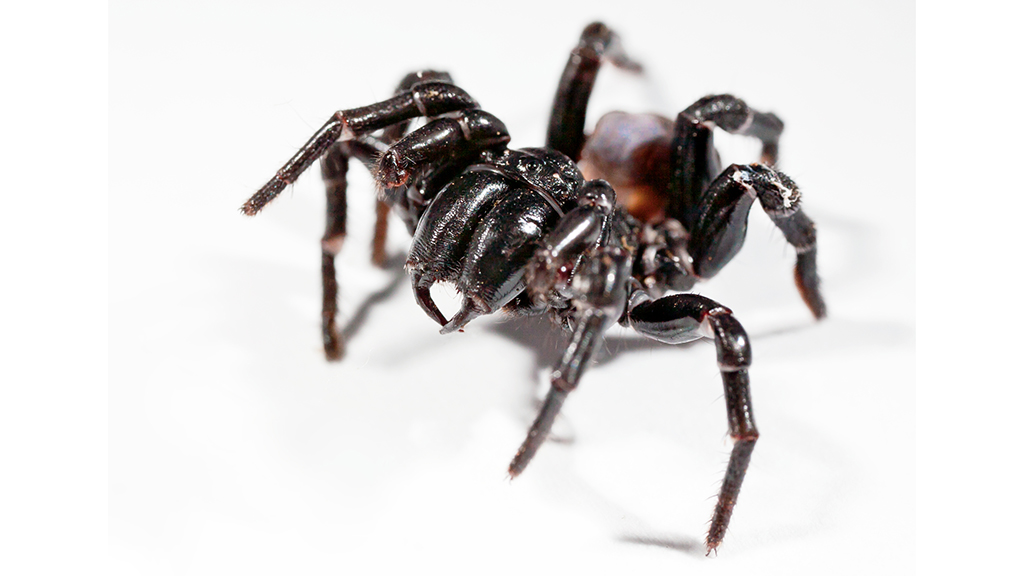Abstract
In this interrupted case study, students meet a pair of fictional newlyweds on their way to Australia for their honeymoon. Initially eager to enjoy the sun, sand, and sights, Tanya and Julien Brahim end up more intimately acquainted with the local wildlife than they had planned. Tanya is bitten by a venomous arachnid and Julien has a run-in with a dangerous cnidarian. This case study was created to help students solidify their knowledge about cardiac myocytes, particularly ion movements associated with action potential generation in autorhythmic and contractile cells. As students work through the case, they complete fill-in-the-blank paragraphs describing the heart, diagram membrane potentials and ion movements, and compare and contrast action potentials from different cell types. Written for a course in human physiology, the case requires some prior knowledge of membrane potentials, equilibrium potentials, ion gradients, neuronal action potentials, and skeletal muscle action potentials. An optional pre-case assignment (included in the teaching notes) can be used to make sure that students are familiar with the necessary concepts.



